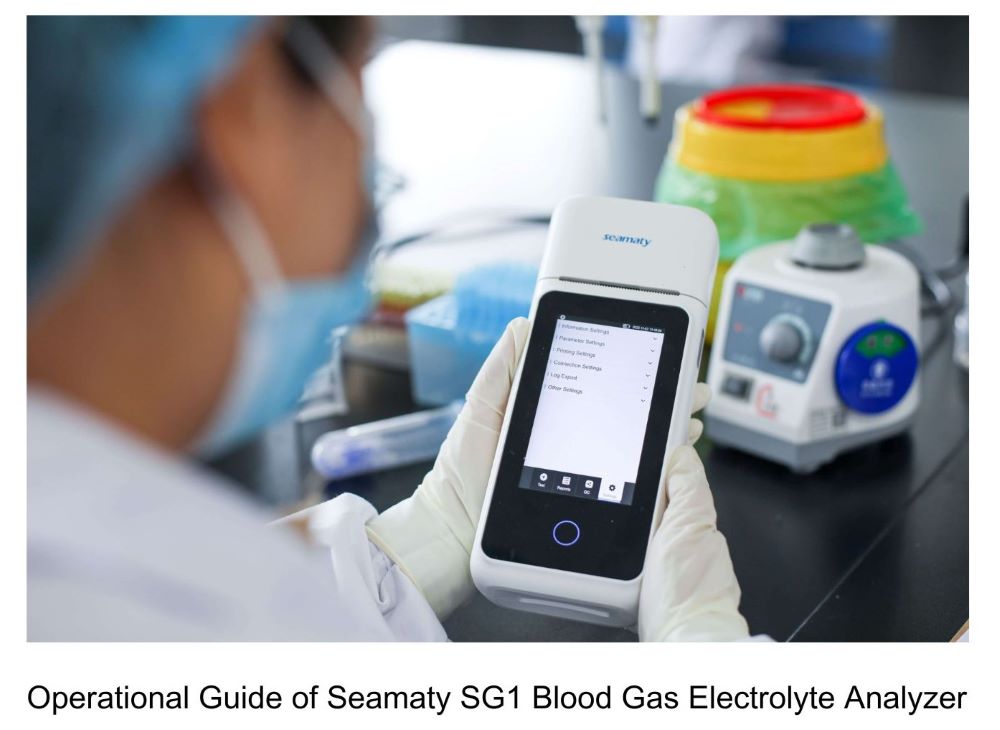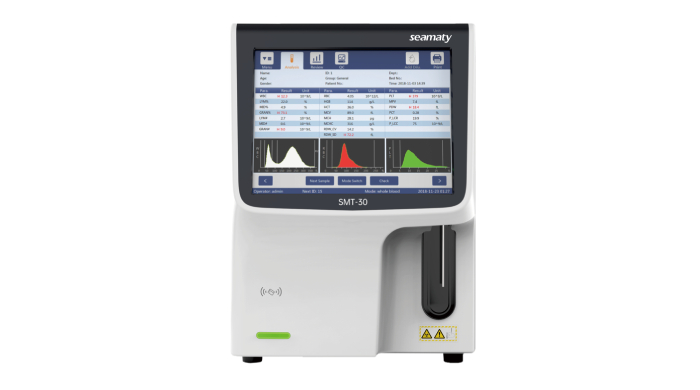release time:2022-04-14 17:11:52
Biochemical analyzers can be simply divided into fully automatic biochemical analyzers and semi-automatic biochemical analyzers. Since most of them are now used, the following are the main components of fully automatic biochemical analyzers.
1. Sampler: place the sample to be tested, standards, quality control solution, blank solution and control solution, etc.
2. Sampling devices: including dilutors, sampling probes and pipelines for transporting samples and reagents, etc.
3. Reaction pool or reaction pipeline: generally play the role of cuvette (tube).
4. Insulator: to provide a constant temperature for the chemical reaction.
5. Detector: such as colorimeter, spectrophotometer, fluorescence spectrophotometer, flame photometer, electrochemical measuring instrument, etc.. Different instruments are configured differently.
6. Microprocessor: is the computer part of the analyzer, also known as the program controller. Control all the actions and functions of the instrument, the user can "talk" with the instrument through the keyboard, while the computer can also receive feedback from the components to the signal, and make the corresponding response to the abnormal situation issued a certain indication signal. Analysis software and analysis results are generally stored in the disk, available for query.
7. The printer: can draw reaction dynamic curve and print the test report form, etc.
8. The function of the monitor: the display is one part, you can view the reaction status, human-machine "dialogue" situation, the current instrument work status, analysis results, etc..


2024-01-12
Discover the Seamaty SG1 Blood Gas Analyzer – your go-to for quick and easy healthcare diagnostics. From its portable design to fast results, this guide takes you from beginner to pro. Learn how to use it anywhere, anytime, and enhance patient care effortlessly!

2023-09-04
Discover why small clinics require a portable blood analysis machine and gain insights on selecting the ideal one for your healthcare facility. Explore the importance of portable blood analysis machine for small clinics in this informative guide.

2022-09-18
Hematology analyzers, also known as cbc machines, are mainly divided into fully automatic and semi-automatic instruments on the market today.The difference between 3-Part and 5-Part Hematology Analyzer?